Too rich (or poor) to pitch?
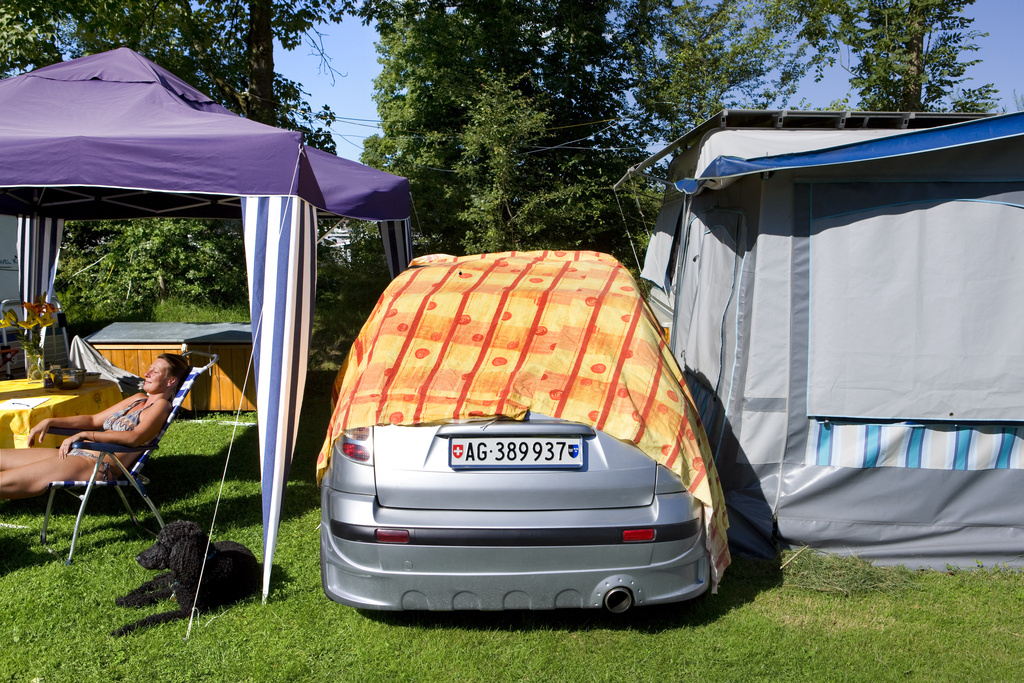
Camping – especially the posh version “glamping” – is booming in Britain and other European countries but in Switzerland it appears to be struggling.
Switzerland’s 419 campsites registered a ten per cent drop in overnight stays in 2010 compared with the previous year, and, according to a straw poll of sites contacted by swissinfo.ch, 2011 is not off to a great start.
A growing number of cash-strapped Britons have caught camping fever and are joining seasoned campers by investing in tents and air beds. Last year an estimated 5.4 million camping trips were made in Britain, up 20 per cent on the year before and this year some campsites are already displaying “full” notices.
“Camping in Britain is enjoying a renaissance due in part to the rise of the glamping [“glamour camping” in more luxurious camp sites] phenomenon. The economic downturn has prompted people to consider holidaying at home – the so-called stay-cation,” Garri Rayner, editor of the Go Glamping website, told swissinfo.ch.
“Glamping is generally on the rise in Europe with Britain leading the way followed by France, then Spain and Portugal. Italy, where camping is popular, is starting to see a few luxury camping sites emerge.”
Over the past two years camping has again become fashionable in France. The new TV celebrity show “Qui vient camper?” (Who’s coming camping?), which follows on the heels of the French Camping films, is testimony to this resurgence of interest.
But the picture is not quite the same in Switzerland.
Although camping retailers like Zurich-based Transa Backpacking report a rise in equipment sales, according to the Federal Statistics Office, the number of overnight stays in Swiss campsites has remained flat since 2005, with a mini-boom in 2009 in response to the economic crisis followed by last year’s fall.
Swiss franc and rain
Tourist officials say the 2010 slump can largely be explained by the strong Swiss franc and bad weather in July and August. The franc has gained 25 per cent in value against the euro and the dollar over the past four years.
“I think the weak euro doesn’t help at all,” Marie-Pierre Métrailler, manager of the Petit Praz campsite in Arolla, canton Valais, told swissinfo.ch.
This year bookings at her 80-pitch site, with stunning views of the Mont Collon and the Pigne d’Arolla, and which claims to be Europe’s highest campsite at 1,970m, are 30 per cent down on last year.
The same story can be heard in western Switzerland.
“Last year we didn’t feel the reduction but it’s more worrying this year,” explained Jacques Burnier, president of the Vaud Camping-Caravanning Club, which is responsible for campsites at Gryon, Villeneuve, Saint-Cergue and Le Sentier.
“The sites by the lake that are normally full at this period of the year are only occupied 85 per cent. It’s more appealing for people to go to France or Italy.”
In 2010 the popular Bernese Oberland region took the biggest hit, with an 18 per cent drop in overnight stays, thought to be due to fewer British guests.
Modernise
But fluctuating exchange rates and rain are not the only factors behind the drop, says Burnier.
One of the main problems is promoting camping and attracting young people – both Swiss and foreign. The average age of those staying at his Gryon site is 52.
To try to pull in new, younger visitors, the club is investing SFr700,000 to modernise the four sites with meeting rooms and cafes.
“Wireless connections are obligatory. If you don’t have those people just leave,” he said.
Kathi Sommer from Swiss Camping Association agreed: “People used to be happy with a shower and toilet. Society now wants more comfort and to be at home when they are camping with their TV, laptop and wireless.”
Traditional
Swiss sites tend to be quite conventional. Hip, luxury camp sites have not taken off in Switzerland as they have elsewhere in Europe.
“Apart from the Whitepod Resort and the Yurt Village, I think glamping is virtually non-existent in Switzerland,” said Rayner.
Keith Didcock, editor of the Cool Camping Europe book published in 2008, agreed: “I did the alpine part of Switzerland for the book… I certainly didn’t see any evidence of glamping in Switzerland. It was mainly fairly traditional camping, as it is in Italy, where they’re really conservative.”
To attract foreign campers Switzerland has to battle with the perception that it is boring, expensive and less interesting than France, he added.
For the moment glamping remains a “small segment to be developed”, said Switzerland Tourism spokeswoman Véronique Kanel.
Otherwise interesting alternative accommodation was on offer, such as mountain huts, which were experiencing a new younger clientele and many more family groups, she added.
Swiss camp sites registered a ten per cent decline in overnight stays in 2010 compared with 2009.
The Federal Statistics Office revealed there were 3.3 million overnight stays in 2010 in the 419 campsites surveyed.
Swiss guests accounted for 53 per cent or 1.7 million (-9.3%) of all stays. Foreign visitors accounted for 1.5 million overnight stays (-11%).
Almost 98% of all foreign visitors came from Europe: Germany (559,000/-15%), Netherlands (521,000/-5%) and Britain (91,000/-3.8%), France (90,000/-12%) and Italy (43,000/-20%).
The most popular camping regions were Ticino (921,000 overnight stays/-6%), Valais (523,000/-2.8%) and Bernese Oberland (365,000/-18%).

In compliance with the JTI standards
More: SWI swissinfo.ch certified by the Journalism Trust Initiative

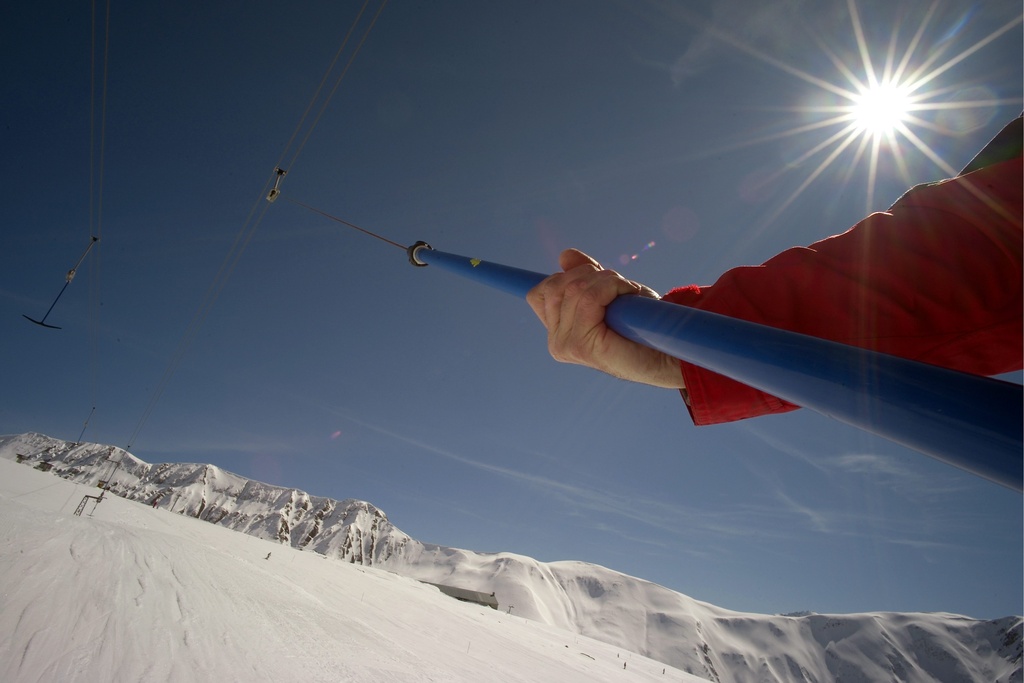
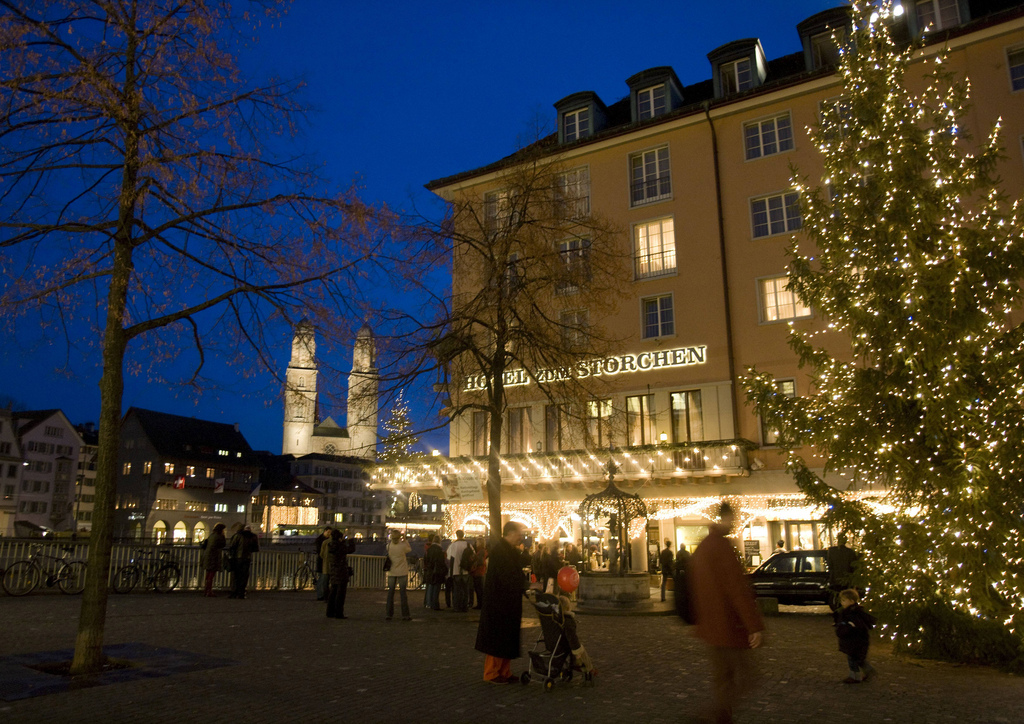
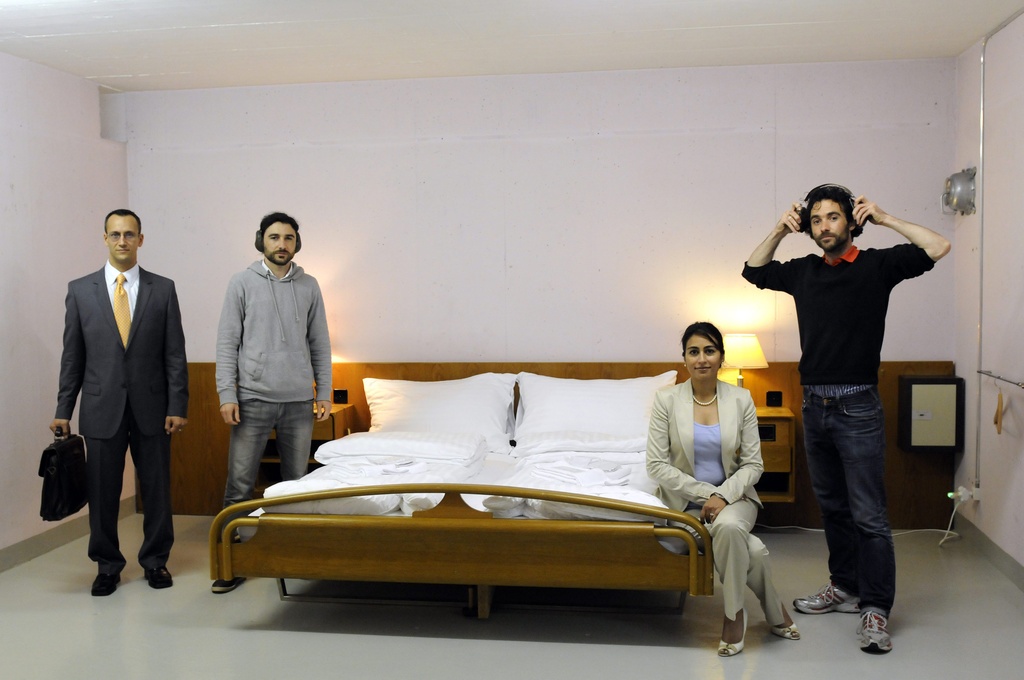
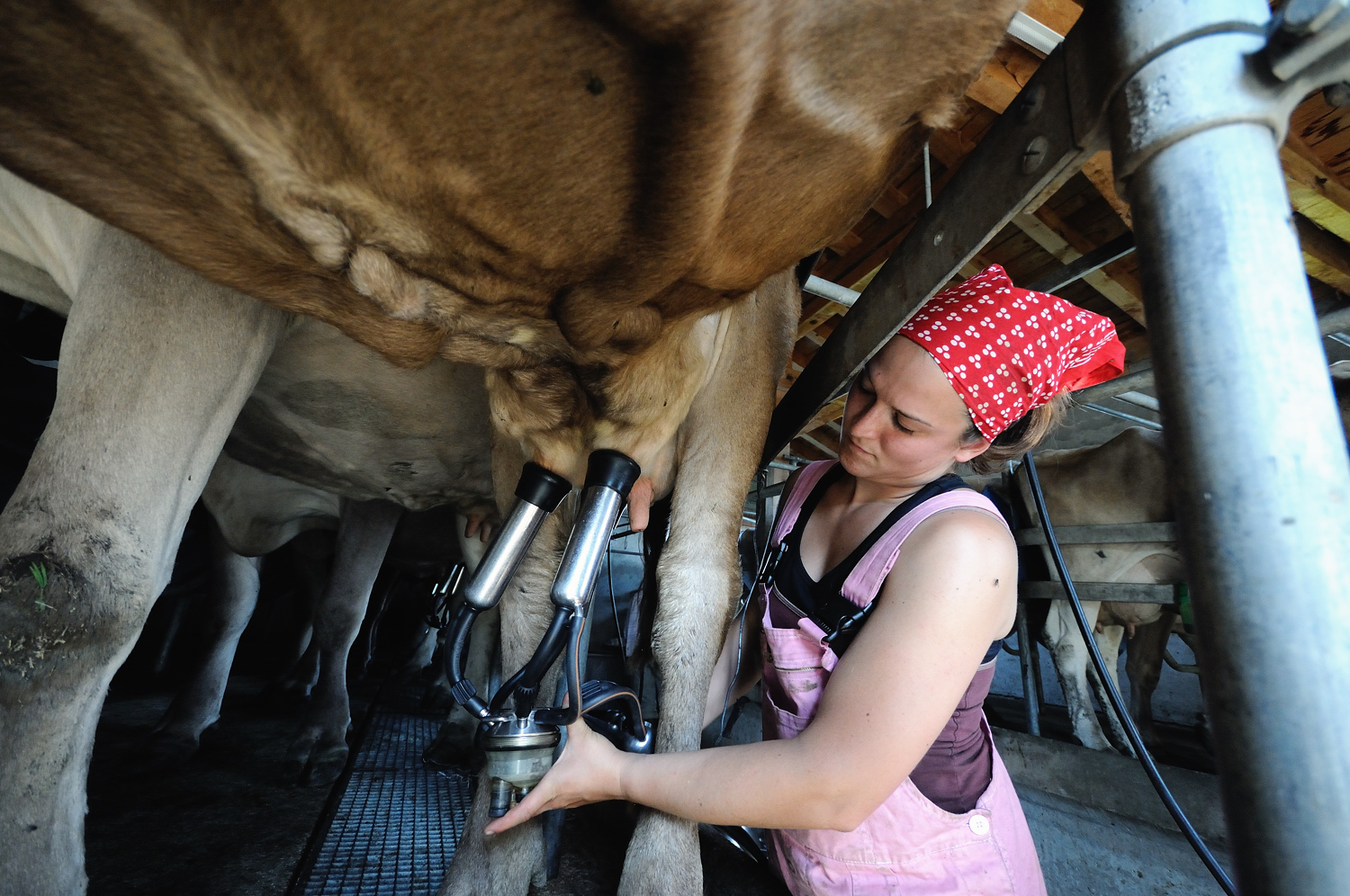
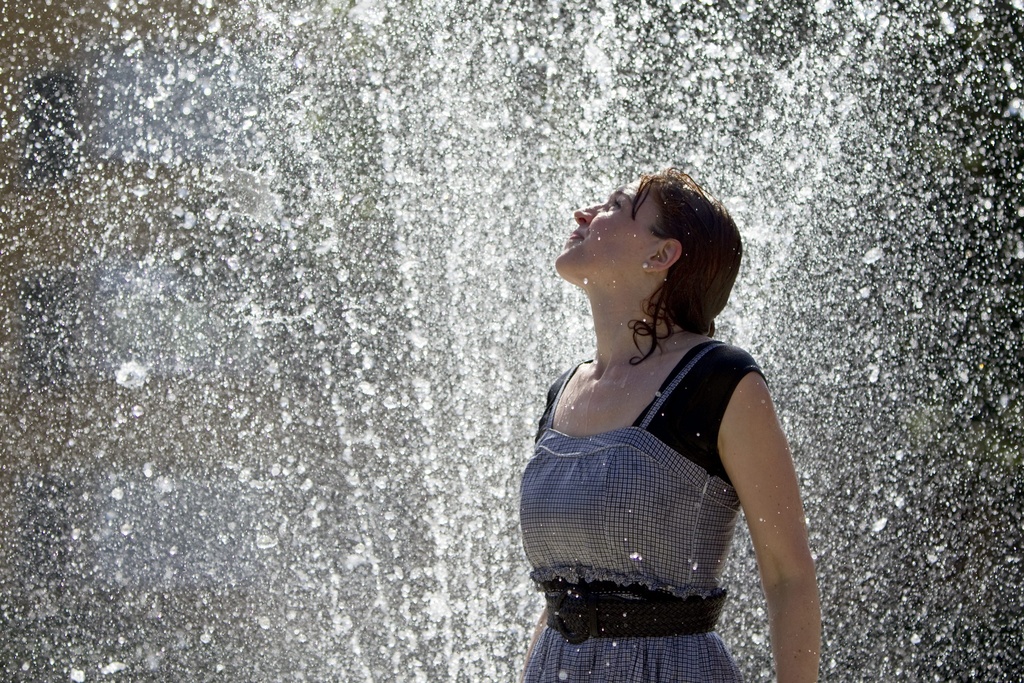
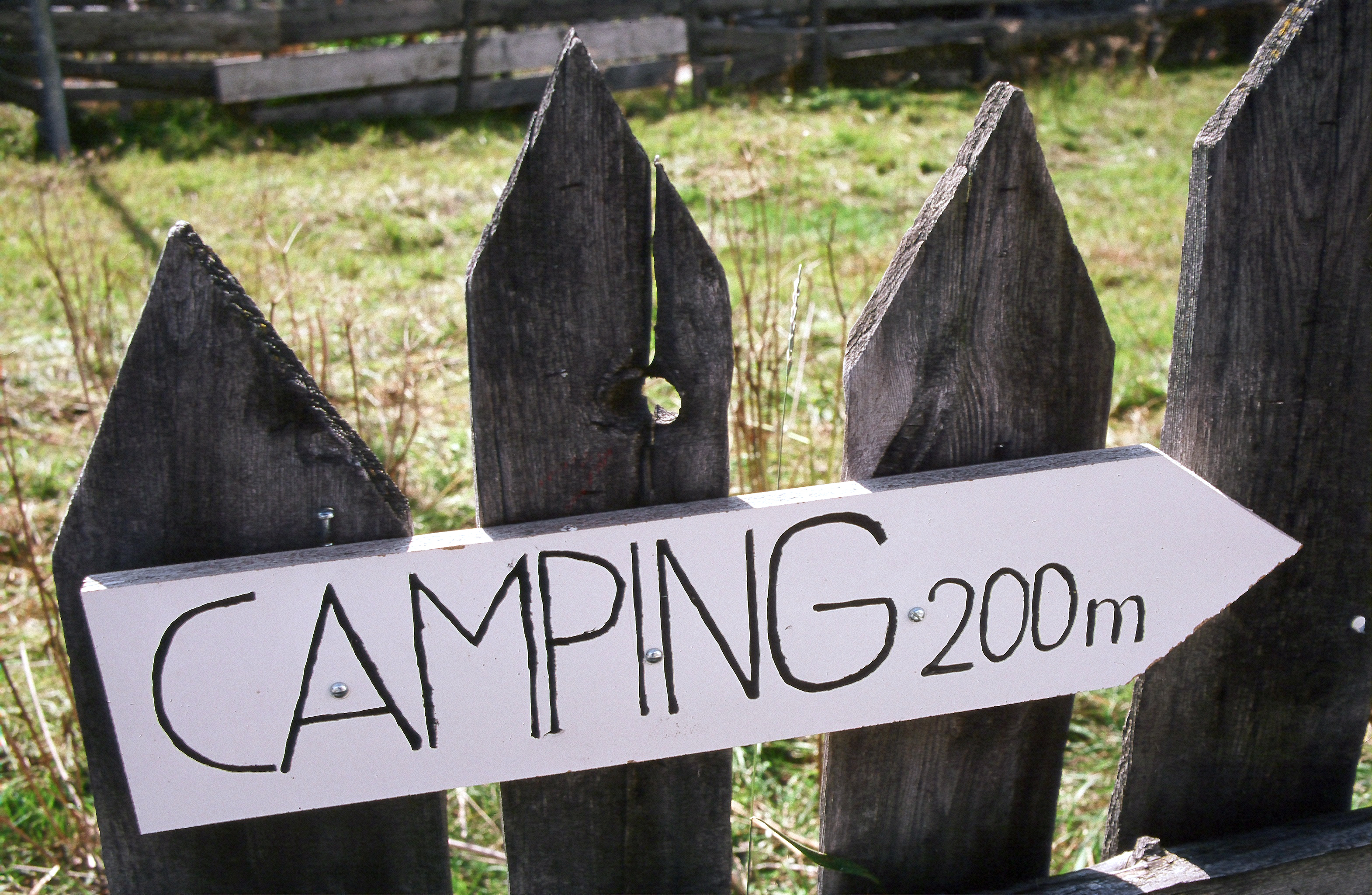
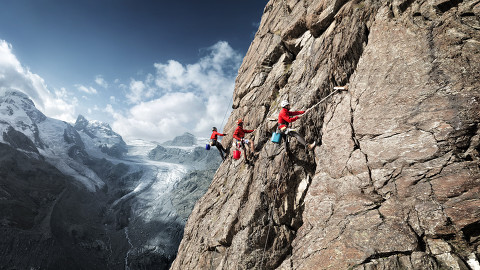
You can find an overview of ongoing debates with our journalists here . Please join us!
If you want to start a conversation about a topic raised in this article or want to report factual errors, email us at english@swissinfo.ch.